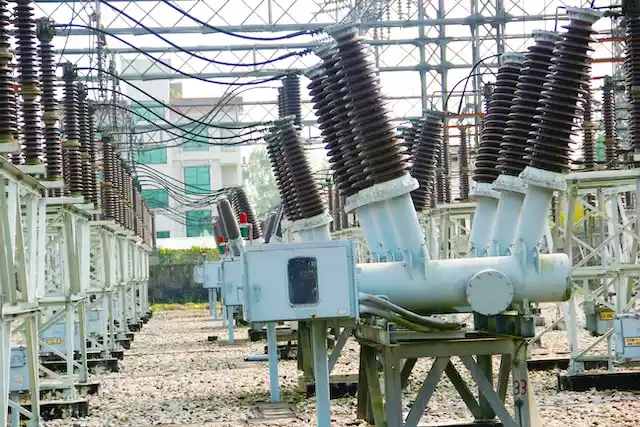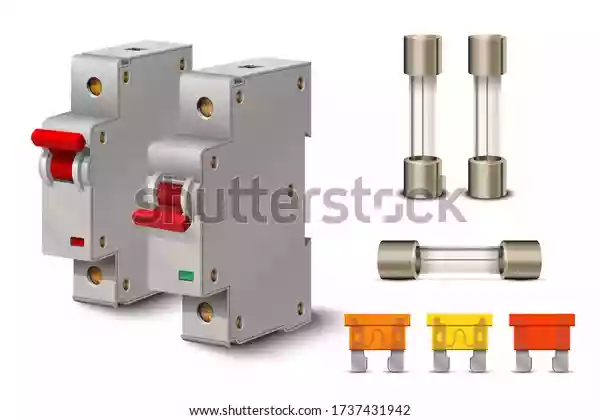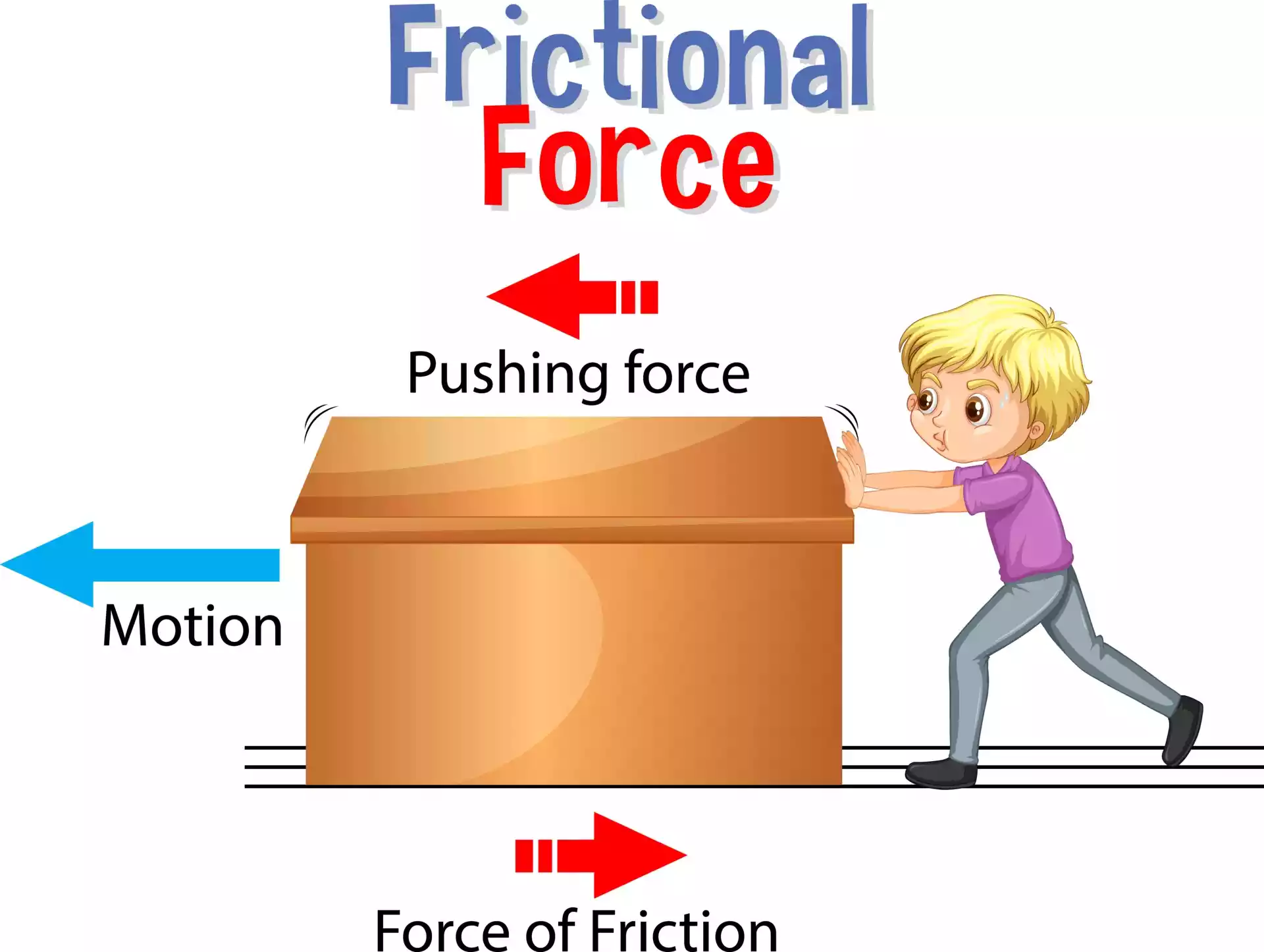Why the Rating of Transformer is in kVA, not in kW?
When it comes to rating transformers, you may have noticed that they are specified in kilovolt-amperes (kVA) instead of kilowatts (kW).
This choice of measurement unit may seem puzzling at first, but there are solid reasons behind it.

In this article, we will look into the intricacies of transformer ratings and explore why they are expressed in kVA rather than kW.
Table of Contents
Understanding Transformers
What is a Transformer?
A transformer consists of two or more coils of wire wound around a common iron core. The coil connected to the AC source is called the primary winding, while the coil connected to the load is the secondary winding.
The core provides a closed magnetic path, facilitating energy transfer between the windings.
Basic Working Principle
When AC current flows through the primary winding, it creates an alternating magnetic field in the core.
This magnetic field induces a voltage in the secondary winding, enabling power transfer to the connected load.
The voltage transformation ratio is determined by the turns’ ratio between the primary and secondary windings.
Types of Transformers
Transformers can be classified into several types based on their application and construction.
Common types include distribution transformers, power transformers, instrument transformers, and autotransformers.
Each type serves a specific purpose and has its own rating requirements.
Power in AC Circuits
Before we dive into the reasons behind transformer ratings being in kVA, let’s briefly discuss the concept of power in AC circuits.
Real Power (kW)
Real power, expressed in kilowatts (kW), represents the actual power consumed or supplied by a device.
It is responsible for performing useful work, such as driving motors or lighting bulbs. Real power is associated with the resistive component of the load.
Reactive Power (kVAR)
Reactive power, measured in kilovolt-amperes reactive (kVAR), is the power consumed or supplied by inductive or capacitive elements in an AC circuit.
It arises from the energy storage and release associated with inductors and capacitors. Reactive power does not perform any useful work, but is essential for the proper functioning of certain equipment.
Apparent Power (kVA)
Apparent power, denoted in kilovolt-amperes (kVA), represents the vector sum of real power and reactive power.
It is the total power that the circuit or device draws from the source. Apparent power is the product of the voltage and current, regardless of the power factor.
Difference Between kW and kVA
Now that we have a basic understanding of real power, reactive power, and apparent power, let’s explore the difference between kW and kVA in more detail.
Power Factor
The power factor is a crucial parameter in AC circuits, representing the ratio of real power to apparent power.
It indicates how effectively a device or system utilizes the supplied electrical power. Power factors can range from 0 to 1, with 1 indicating a purely resistive load and 0 indicating a purely reactive load.
Calculation of Power Factor
The power factor can be calculated by dividing the real power (kW) by the apparent power (kVA).
It gives us a quantitative measure of how much of the total power is effectively used for useful work.
Relationship between kW, kVA, and Power Factor
The relationship between kW, kVA, and power factor can be understood through the following equation:
kVA = kW / Power Factor
This equation illustrates that the apparent power (kVA) is inversely proportional to the power factor.
A lower power factor results in higher apparent power requirements for the same amount of real power.
Importance of kVA Rating for Transformers
Now that we have a grasp of the difference between kW and kVA, let’s explore why transformers are rated in kVA and why it holds significance.
Handling Reactive Power
Transformers are designed to handle both real power and reactive power. By specifying the rating in kVA, transformers can account for the total power demand, including the reactive power component.
This ensures that the transformer can adequately supply both real and reactive power to the load without being overloaded.
Sizing of Transformers
The kVA rating of a transformer is a crucial factor in determining its size and capacity. It enables electrical engineers to select a transformer with the appropriate capacity to handle the expected real and reactive power demands of the load.
A correctly sized transformer ensures efficient and reliable power transfer.
Efficiency Considerations
Efficiency is an important aspect of transformers, as it determines the amount of power loss during energy transfer.
By considering the kVA rating, transformers can be designed to operate efficiently under different load conditions, including varying power factors.
This optimization allows for improved overall system efficiency.
Limitations of kW Rating for Transformers
Using kW as the sole rating parameter for transformers can lead to certain limitations. Let’s explore these limitations in more detail.
Ignoring Reactive Power
If transformers were rated solely in kW, the reactive power component would be disregarded.
This omission could lead to inadequate sizing of transformers, resulting in poor power factor performance and potential overloading.
By incorporating the kVA rating, transformers can cater to the reactive power needs of the load.
Power Factor Correction
Transformers rated in kVA facilitate power factor correction. By utilizing additional equipment such as capacitors or inductors, the power factor can be improved, leading to better utilization of electrical power.
This correction mechanism is crucial for optimizing power flow and minimizing losses.
Final Thoughts
The rating of transformers in kVA instead of kW is a deliberate choice that takes into account the complete power demand, including both real and reactive power.
By using the kVA rating, transformers can handle the reactive power requirements, ensuring efficient and reliable power transfer.
This rating methodology enables engineers to appropriately size transformers, optimize system efficiency, and incorporate power factor correction mechanisms.
Transformers, with their kVA ratings, play a vital role in maintaining a reliable and balanced electrical power supply.
FAQs
Q1. Why are transformers rated in kVA instead of kW? Transformers are rated in kVA to account for the total power demand, including the reactive power component. By specifying the kVA rating, transformers can adequately handle both real and reactive power, ensuring reliable performance.
Q2. Can transformers operate without considering the reactive power? While transformers can technically operate without considering reactive power, neglecting it can lead to inadequate sizing, poor power factor performance, and potential overloading. The kVA rating allows transformers to account for the reactive power needs of the load.
Q3. How does the power factor affect the rating of transformers? The power factor affects the rating of transformers by influencing the relationship between kW and kVA. A lower power factor requires a higher kVA rating for the same amount of real power. Transformers need to be sized accordingly to handle the power factor variations.
Q4. Can transformers handle only real power? No, transformers are designed to handle both real power and reactive power. The kVA rating takes into account the total power demand, ensuring that transformers can adequately supply both components to the load.
Q5. What is the significance of power factor correction in transformers? Power factor correction in transformers improves the utilization of electrical power by optimizing the power factor. This correction mechanism minimizes losses, enhances power flow, and contributes to improved system efficiency.





